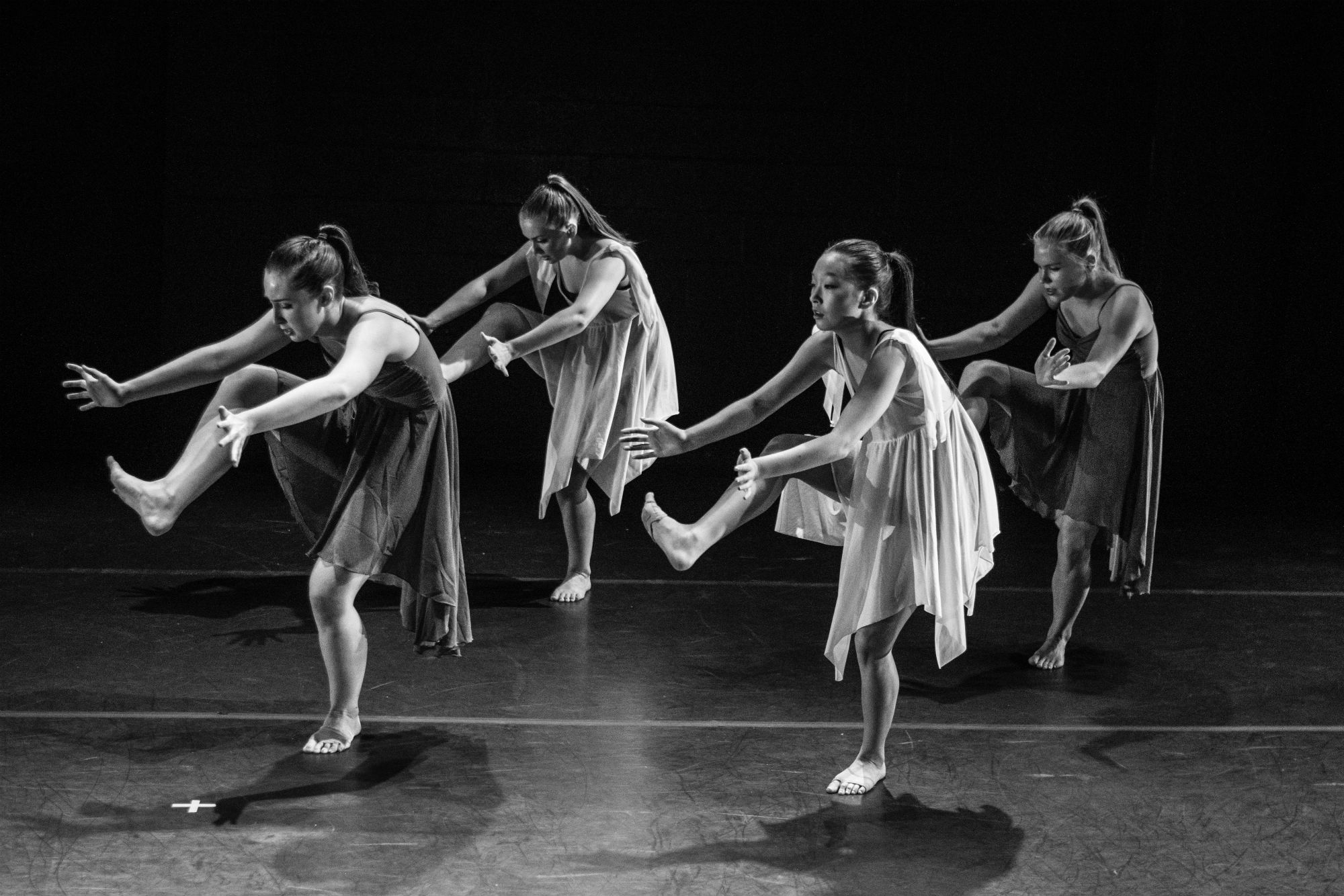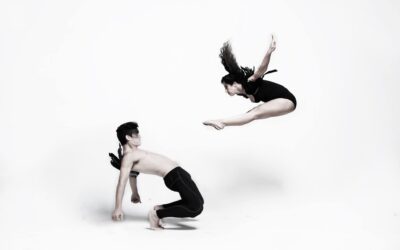Did you know there are four extremely important layers of muscle on the bottom of the foot?
Grouped together, they are called the ‘Intrinsic muscles’, named because their origin and insertion is within the foot. They work specifically across the sole of the foot, providing a dancer with stability, balance, foot strength and beautiful articulation. Most importantly, they work to prevent injuries.

Photo: Selah Martinez on Unsplash
Strong intrinsic foot muscles help a dancer stand in classical positions with their arches ‘pulled up’. In a demi plié, they work to keep the dancer’s arches lifted, knees over their toes and prevent ‘rolling in’. When a dancer executes a sauté, jump or leaps, these muscles help them land ‘through the foot’ and provide shock absorption, which protects their ankles, knees and hips. And, in a pirouette or arabesque, they provide the ability to balance on a single leg and stay strong, without wobbling.
On average, foot strength should be approximately 10 percent of body mass. So, if a person weighs 60kg, their feet should be able to pull about 6kg in weight. But a classically trained dancer with strong intrinsic muscles should easily be able to exceed this amount.
Intrinsic foot strength is something that can be measured and improved. Dance training, rehearsing and performing, combined with the correct knowledge of how to condition the arch of the foot, will increase strength in these muscles.

Photo: Nihal Demirci on Unsplash
Pointe assessment
All dancers need a good foundation of foot strength and proper technique before beginning pointe work. Interestingly, when a dancer begins pointe work, their intrinsic foot strength can often decrease. Performing a relevé in ballet or demi pointe shoes works the muscles of the feet much more when compared to the same movement onto the top of the toe box in a pointe shoe. Therefore, if a dancer has poor foot strength before beginning pointe work, they have a higher chance of injury when transitioning to pointe shoes.
A ‘force strain gauge’ can be used to test the intrinsic foot strength during a pre pointe assessment. If a dancer tests with low strength, i.e. they can only pull 1kg, they will require a targeted strengthening program. Specifically designed for the individual, the exercises will increase the intrinsic strength of the foot to 10 percent or more of their body mass.
The plan should include specific demonstrations, strengthening devices, therabands, soft balls, wobble boards or foam blocks to promote strength, safe dance and injury prevention. After following tailored advice, the improvement in foot strength in the dancer is measurable. The appearance of their pointe changes, as well as endurance in completing dance-related exercises.

Photo: Cristian Newman on Unsplash
It is easily apparent when the dancer executes a single leg sauté. They will have the strength to jump high and pointe the underneath leg to the floor, then land softly through the foot with minimal sound. A dancer with strong, properly trained intrinsic foot muscles can land on the same spot each time without moving across the floor. Their movement looks controlled, light and rhythmic but, most importantly, their joints and bones are protected because the shock is absorbed beautifully through their feet.







0 Comments